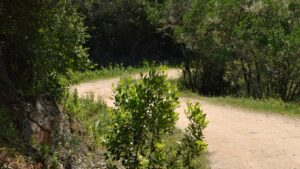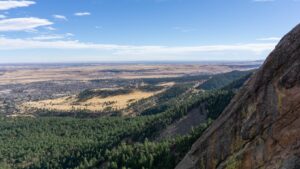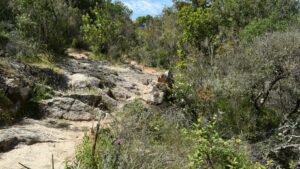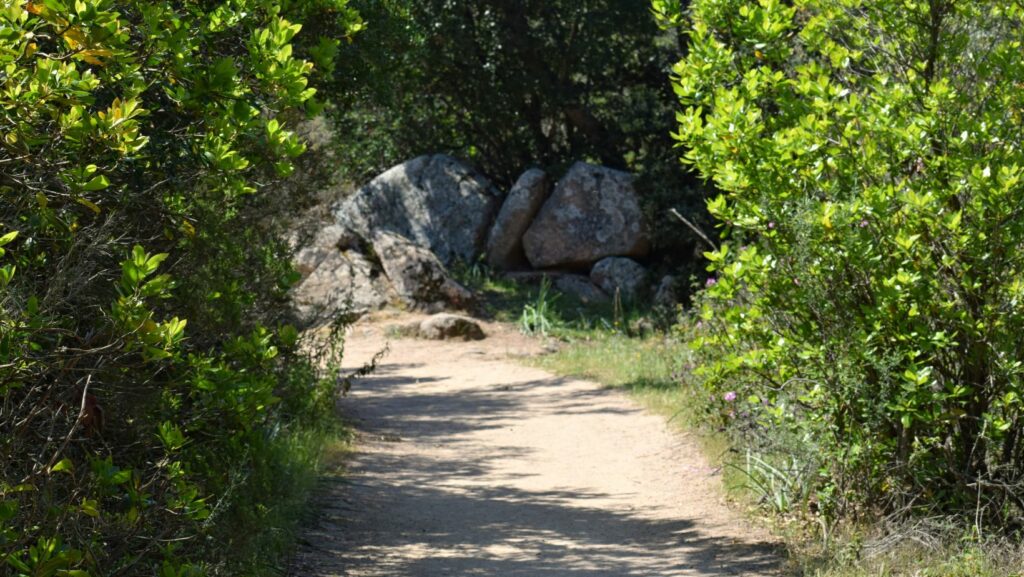Utah’s rugged beauty offers more than just breathtaking views; it’s a hiker’s paradise with trails that cater to both novices and seasoned adventurers. From the red rock vistas of Zion National Park to the surreal landscapes of Bryce Canyon, hiking in Utah is as diverse as it is unforgettable. Each trail promises a unique journey through nature, where every turn reveals new wonders and challenges.
Hiking Trails Utah
Utah offers an array of hiking options that cater to different abilities and interests. Here, hiking isn’t just an activity; it’s an exploration of the state’s rich tapestry of natural landscapes.
Best Trails for Beginners
 For those new to hiking, Utah provides trails that make starting this great outdoor adventure easy and enjoyable. Some of the top beginner-friendly trails include:
For those new to hiking, Utah provides trails that make starting this great outdoor adventure easy and enjoyable. Some of the top beginner-friendly trails include:
-
Cascade Springs: Located near Provo, Cascade Springs features an easy, scenic loop with paved paths perfect for families. The trail is less than a mile long and offers stunning views of waterfalls and local wildlife.
-
Weeping Rock Trail: Situated in Zion National Park, this short 0.4-mile trek is almost flat and takes hikers to a rock alcove with dripping springs. It’s an excellent spot for photos and cooling off on a hot day.
-
Riverside Walk: Also known as the Gateway to the Narrows, this trail runs along the Virgin River and is a smoothly paved route that stretches about 2 miles. It’s highly accessible and offers close-up views of the river and high cliffs.
Must-Visit Trails for Advanced Hikers
 For seasoned hikers seeking more challenging terrains, Utah teems with trails that offer rigorous hikes and rewarding views:
For seasoned hikers seeking more challenging terrains, Utah teems with trails that offer rigorous hikes and rewarding views:
-
Angel’s Landing: Known for its steep inclines and sharp drop-offs, Angel’s Landing in Zion National Park provides thrilling climbs and unparalleled vistas. The 5.4-mile journey is demanding but offers some of the most iconic views in the park.
-
The Narrows: This hike through the Virgin River is one of Zion National Park’s most famous adventures. It requires hiking in the river itself, making it a physically demanding route that can stretch up to 16 miles depending on how far you venture.
-
King’s Peak: As Utah’s highest peak, King’s Peak challenges even the most experienced hikers. The trek to the summit and back spans about 29 miles and involves rugged terrain, which demands excellent fitness and preparation.
Each trail presents unique opportunities to experience the natural beauty of Utah in ways that fit various levels of hiking expertise. Whether it’s through gentle, scenic paths or rigorous, mountainous treks, Utah’s trails invite all to discover its diverse landscapes firsthand.
Gear Essentials for Hiking in Utah
When preparing for a hike in Utah’s diverse terrains, selecting the right gear is vital to ensure safety, comfort, and enjoyment. Utah’s hiking environment demands specific equipment, from rugged mountainous treks to arid desert walks.
Appropriate Footwear and Weather-Appropriate Clothing
 Appropriate footwear forms the foundation of any hiking trip. For rocky or uneven terrains, such as Angel’s Landing or The Narrows, sturdy hiking boots provide essential ankle support and grip. Conversely, for less demanding trails like Riverside Walk, lightweight trail shoes suffice, offering comfort and flexibility.
Appropriate footwear forms the foundation of any hiking trip. For rocky or uneven terrains, such as Angel’s Landing or The Narrows, sturdy hiking boots provide essential ankle support and grip. Conversely, for less demanding trails like Riverside Walk, lightweight trail shoes suffice, offering comfort and flexibility.
As Utah’s weather can vary drastically, it’s essential hikers dress appropriately. Moisture-wicking materials are paramount for dealing with sweat, while layers are crucial for adapting to changing temperatures, especially when hiking in higher elevations or during the cooler mornings and evenings. Additionally, a lightweight, water-resistant jacket is indispensable for unexpected rainfall or water splashes in trails like The Narrows.
Hydration Systems and Navigation Tools
 Hydration is crucial, especially in Utah’s often-dry conditions. A durable water reservoir, like a hydration pack, is preferable for longer trails, allowing for hands-free access and carrying larger water volumes. For shorter, less intensive routes, water bottles might be sufficient. Regardless, one should carry more water than anticipated to counter the dry climate.
Hydration is crucial, especially in Utah’s often-dry conditions. A durable water reservoir, like a hydration pack, is preferable for longer trails, allowing for hands-free access and carrying larger water volumes. For shorter, less intensive routes, water bottles might be sufficient. Regardless, one should carry more water than anticipated to counter the dry climate.
Navigation tools are essential, particularly for trails that are less marked or off the beaten path. A physical map and a compass are reliable basics; however, a GPS device adds an extra layer of security. It’s vital hikers understand how to use these tools before setting out, as cell service may be unreliable in remote areas.

